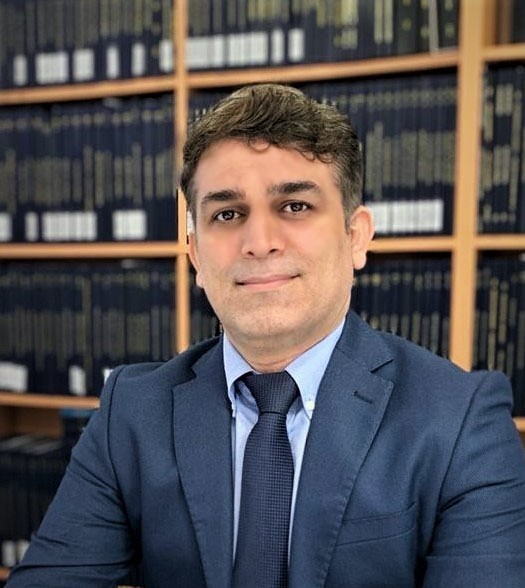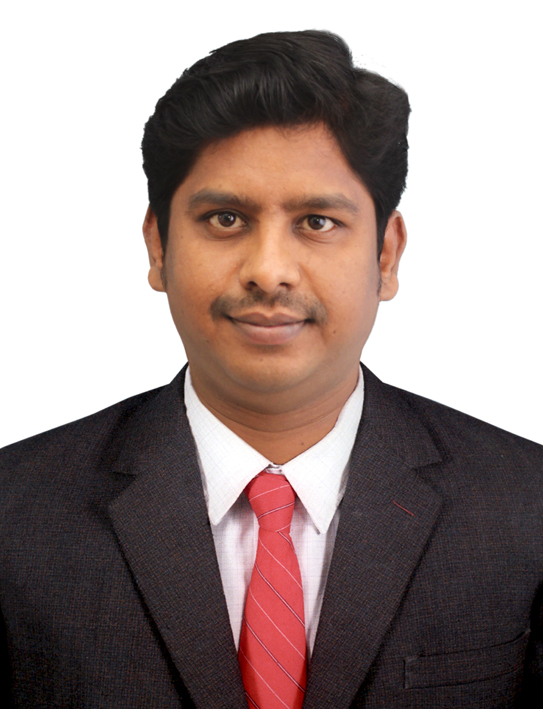
Keynote Speakers of WSCSC 2022

Prof. Seyed Mohammadreza Ghadiri, Swiss Institution of Management and Innovation, Switzerland
Speech Title: Smart Water System in the Context of a Smart City
Abstract: Today over 50% of the world’s population lives in cities, and it is projected over 70% of the world’s population will reside in urban regions by 2050 and over 80% at the end of the century. This rapid growth of urbanization will bring about enormous challenges and impacts on society and the environment and one of them is water management. It is forecasted that the world inhabitants will use about 30% more water in 2025 than 2000, with further water shortages expected. Many countries and continents around the world are facing severe water shortage problems and they will be unable to provide access to clean water for economic reasons. In recent years, there were many consensuses on the establishment of the sustainable urban development or smart growth to provide effective countermeasures to address the water management issues. Today, smart cities are using different technologies and devices, including IOT, sensors, smart meters, monitors, mapping and other data-sharing tools for smart water programs. The market for these kinds of technologies is growing rapidly and it is projected to reach up to 18.5% by 2024 ($31.6 billion) compare with 2018. In this speech the key elements of smart cities and smart water management system will be explored and discussed.

Assoc. Prof. Biao Wang, Soochow University, China
Speech Title: Urban Wind Energy Evaluation with Urban Morphology
Abstract: Urban wind development is gathering energy and passion these years and is good for sustainable cities. This study tries to evaluate wind energy potential with study of urban form in a block scale (500 m*500 m). CFD method is used for wind flow simulation. CFD parameter settings were validated and evaluated with wind tunnel experiment. Simple building forms (1–3 buildings) were firstly tested for exploring the impact of building form on wind potential. Space over roof is proved to be most effective and practical position for developing wind energy in the urban environment. Ideal urban forms were tested for evaluating the impact of one single morphological parameter on wind potential over roof. Real urban forms were then evaluated and compared in order to reveal the impact of different urban form parameter on wind potential. Urban form unit models are then considered to understand the impact of a certain urban form feature on wind potential. Finally, a block model in Beijing is given for urban wind evaluation case study, including wind potential evaluation of every building roof in the model, wind turbine position evaluation, and economical cost analysis.

Senior Assist. Prof. Santhosh Krishna, New Horizon College of Engineering, India
Speech Title: IoT & Smart Cities - Technology, Challenges and Opportunities
Abstract: In recent years, smart cities have been significantly developed and have greatly expanded their potential. Since its emergence in late 2019, the COVID-19 pandemic has swept through many cities around the world, claiming millions of lives and causing major socio-economic impacts. The pandemic occurred at an important historical juncture when smart solutions and technologies have become ubiquitous in many cities. In fact, novel advancements to the Internet of things (IoT) have paved the way for new possibilities, representing a set of key enabling technologies for smart cities and allowing the production and automation of innovative services and advanced applications for the different city stakeholders. This talk discusses about IoT-enabled smart cities, with the aim of highlighting the main trends and open challenges of adopting IoT technologies for the development of sustainable and efficient smart cities.
